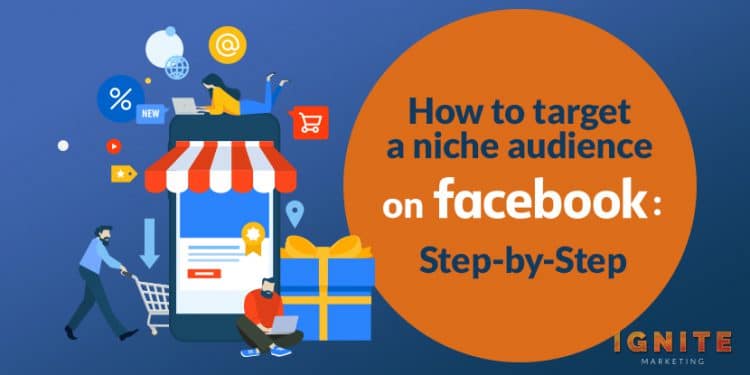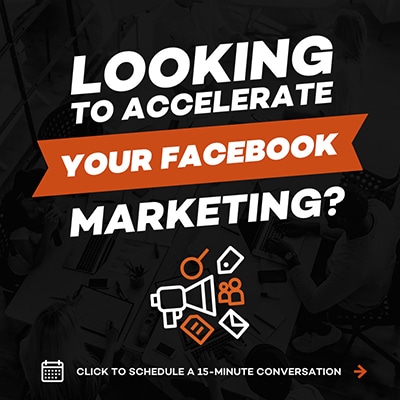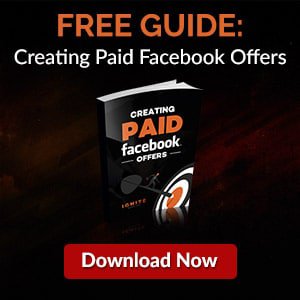


Facebook is the king of targeting niche audiences. And it’s not hard to see why.
Their treasure trove of user data combined with their excellent microtargeting tools makes it incredibly easy to connect and engage with niche audiences all around the world.
So if your business would benefit from targeting a particular niche audience, Facebook is the best platform to do it on.
But even if you know you need to target a niche audience on Facebook, it’s not super clear how you should go about it.
If you’re confused about how to use Facebook to market to niche audiences, don’t worry. This article will give you an in-depth, step-by-step guide that explains every single action you need to take.
Building an audience persona will make the other steps much more straightforward. If you haven’t created one of these before, grab a piece of paper and write out the following information:

The first part of your audience persona should be your target’s name and job title. The name doesn’t really matter ‒ it’s merely nicer to refer to a persona as “John” than “Persona #4”.
Their job title might matter, depending on who you’re targeting and why you’re targeting them. Businesses targeting niche audiences for B2B purposes will find the job title more useful than businesses in the B2C area.

The next step is to research the authorities in this niche. Find the pages with the most followers and analyze their posting strategy.
Answering these questions will make it easy to create engaging content right from the start of this niche targeting journey.

Now that you know what content your target audience likes best, it’s time to create the content.
The subject of content creation is one that can span an entire library and is beyond the scope of this article. However, I will point you in the direction of some terrific content creation guides:

When you post your content, you’ll have the option to use Facebook’s powerful Audience Optimization feature. This tool has three components:
Before you can use the tool, you’ll need to turn it on. Here are step-by-step instructions to do so.
The Preferred Audience feature lets you tell Facebook which interests are most relevant to this post. Facebook will prioritize showing the post to followers who have this particular interest.
Here’s how this can be useful:
Let’s say you have a business in the sports industry. Your followers like a wide array of sports ‒ no one sport is particularly dominant in your audience. If you make a post that will appeal exclusively to baseball fans, you can type “baseball” into the Interests field on the Preferred Audience tab.
In doing this, you’ll make sure that Facebook prioritizes showing the post to the baseball fans in your following. While the reach of your post won’t be diluted ‒ everyone who follows you will be shown the post ‒ Facebook will place the post more prominently in the news feeds of your baseball-loving followers.

The Audience Restrictions tab in the Audience Optimization tool lets you prevent certain demographics from seeing a particular post. While it’s not super helpful for targeting niche audiences, you can make sure particular segments of your following won't see posts that might be offensive or inappropriate.
The Audience Insights feature shows you how your audience is responding to each interest tag you place on your post. This tool will specifically show you the link click rate and the percentage of total clicks for each tag.
Building on the sports business example, let’s say you share a new product that helps athletes improve their arm strength. You want to see how each segment of your sports-loving audience responds to it, so you add a few relevant interest tags to the post: football, baseball, basketball, and tennis.
If you see that a certain tag ‒ let’s say basketball ‒ is receiving a higher link click rate than the other tags, you’ll know that the basketball players in your audience find this product particularly intriguing. This information will help you refine your marketing efforts and target basketball players more heavily than the rest of your audience.
Once you’ve figured out how different audience segments are reacting to various posts, you can use Facebook ads to target these segments in a more focused way.
Because the Audience Insights feature has shown you which segments like certain pieces of content, you can confidently spend money on ads that push similar content to those interested segments.

Now that you’ve got the attention of your audience, you need to engage with them. While you could do this off the cuff, I recommend doing some research to ensure your engagement is relatable.
Almost every niche on Earth has its own lingo. If you want members of this niche to connect with you, you need to research this unique vocabulary and use it when you post or comment.
Here are a couple of tips for figuring out how your audience talks:
If a significant segment of your audience feels strongly about a particular issue, don’t be afraid to support them. Make a post explaining that you support your audience. They will appreciate you for it ‒ which will lead to an increase in brand loyalty.
If you do this, make sure it’s an issue your business aligns with. Don’t blindly support or oppose social issues just because your audience does.
Targeting a niche audience is one of the best ways to attract conversions and sales.
And of all the social media platforms available, Facebook is the best for niche audience targeting.
If you want to target a specific audience segment on Facebook effectively, these five steps should point you in the right direction.
